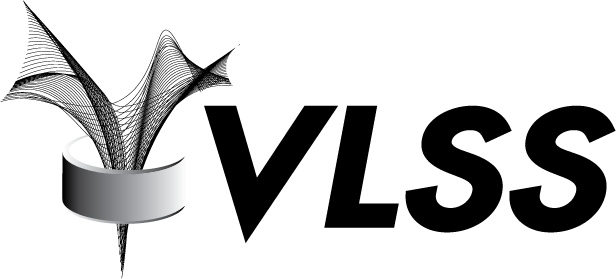Until Oracle Database 12c, Oracle processes did not run as threads on UNIX and Linux systems. Every dedicated connection was represented by an operating system process and, in systems where high workload was an issue, the only way to reduce CPU and memory usage was to switch from dedicated connections to shared connections using the multithreaded server (MTS) feature.
Viewing entries tagged
oracle
JSON support was introduced in Oracle Database Release 2 (12.1.0.2) allowing you to store and retrieve data between the applications and the database engine. This post expands upon a previous post about basic JSON support by detailing the performance effects of different JSON notations. In production scenarios, large JSON documents or large numbers of JSON documents can challenge a database’s ability to perform.
Transaction Recovery is a feature of Oracle database that allows DBAs to recover from transactions which have undesirable effects. Sometimes it happens that a transaction performs an undesirable effect, and we determine later that this transaction should not have been committed. In this case, we do not want to perform database point-in-time recovery as the rest of database is working fine. We only have a problem with one transaction. Oracle allows us to provide approximate times of the problematic transaction and search the archived and online redo log files for transactions performed during said time. Then we can identify the transaction and roll it back. Transaction recovery is very easy to use from Oracle Enterprise Manager, but it requires some setup to perform before we can use it.
This article will be discussing a new feature of Oracle 12c Database, the pluggable database, which builds on the container database concepts, found here. We will be discussing why it is needed, what it solves, its benefits and some examples of it.
This article will be discussing a new feature of Oracle 12c Database, Oracle Multitenant Architecture, which enables an Oracle Database to act as multitenant Container Database (CDB). A CDB includes one or many pluggable databases (PDBs). One default PDB, the seed PDB, is provided by Oracle in every CDB. Users cannot make changes to the seed PDB, but user can create additional PDBs using this default PDB. A CDB can contain 253 PDBs.
